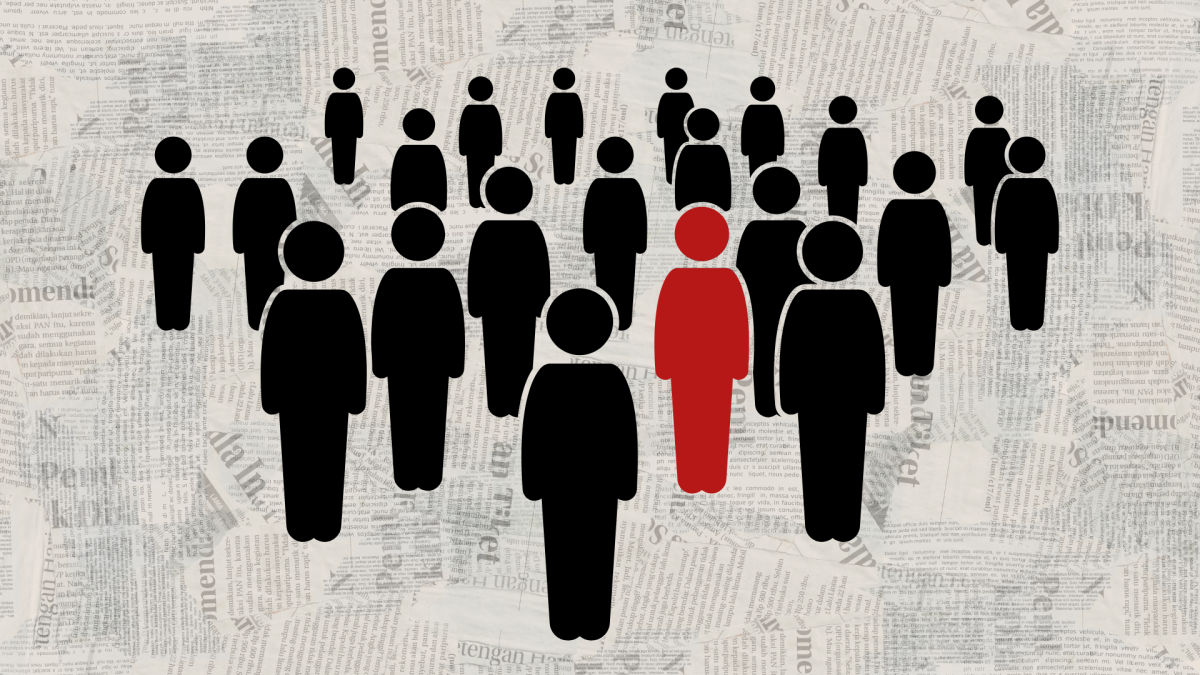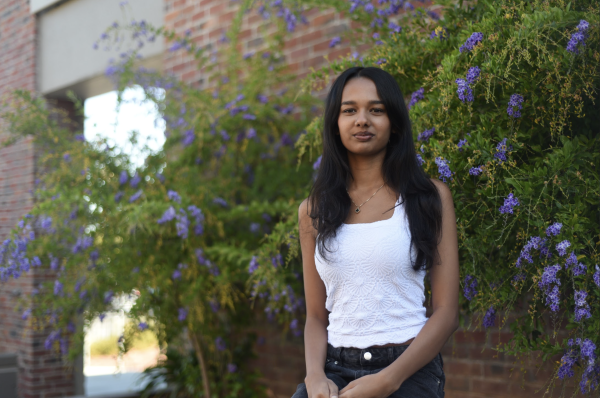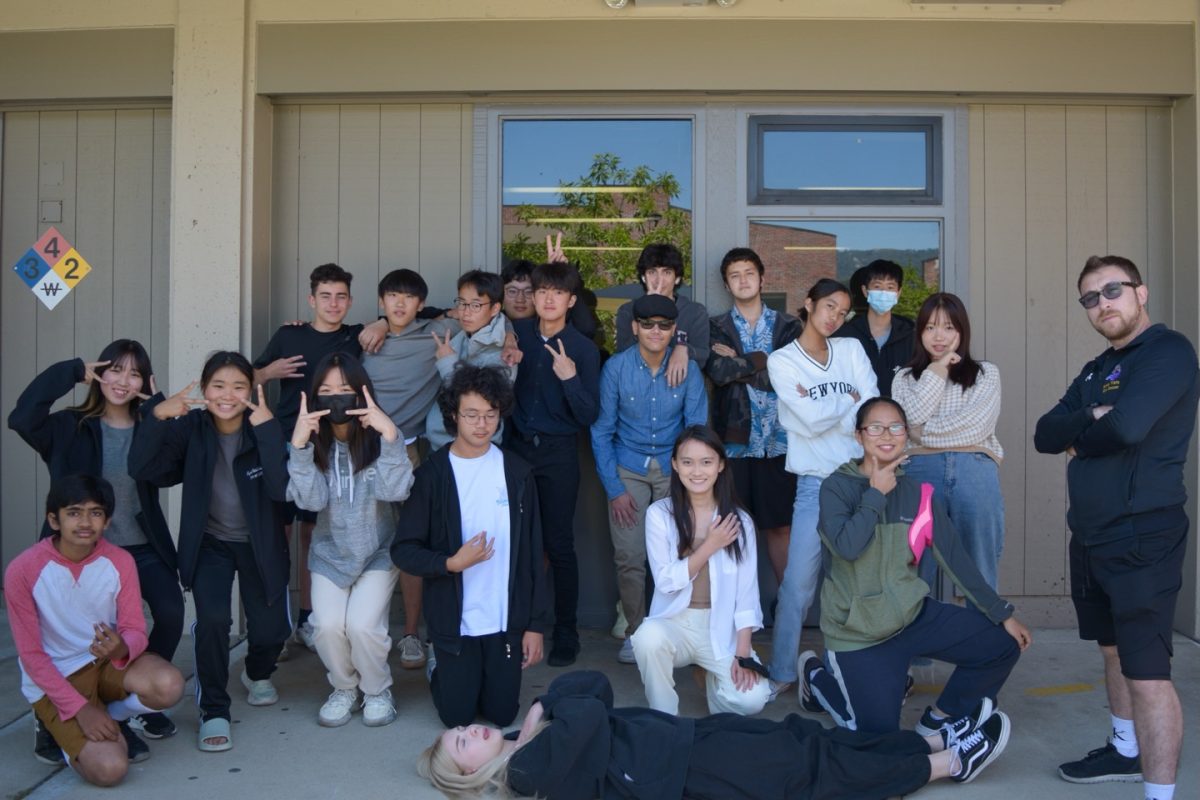In the 1950s, psychologist Solomon Asch performed an experiment, in which a group of people were given three lines of different lengths and asked to identify which of the three looked most similar to a fourth line. There was one subject and the rest of the group were people working with the researcher who collectively agreed on choosing the wrong answer prior to the experiment. The subject was then told to identify their answer, and 76% of the time, they chose the wrong answer conforming to the rest of the group’s wrong choice.

Even though the answer was clearly wrong, the subjects felt inclined to agree with the rest of the group, despite not truly agreeing with them. Known as the Asch effect, this phenomenon states that people have the tendency to want to fit in, even if it goes against their beliefs.
This action of bandwagoning is when an individual takes action or agrees with something solely because the majority of people around them do in order to fit in. Being the odd one out, especially when it comes to controversial topics, can lead to people receiving backlash and sparking conflict. For example, when a person who doesn’t like pineapple on pizza is in a group of pineapple pizza lovers, they often receive hate for their opinion.
Opposing opinions aren’t as uncommon as one might believe but rather hidden due to the fear of rejection. For example, due to the widespread Democratic point of view portrayed in the Bay Area, democrats vocalize their opinions more openly, and Republicans are more likely to censor their beliefs regarding their political affiliations. When one side is less vocal than the other, it tends to be overshadowed, and newcomers to the discussion are flooded by the popular opinion. This causes a state of unawareness in the community about certain issues, not only through the commonly held beliefs within a society but also through the use of social media.
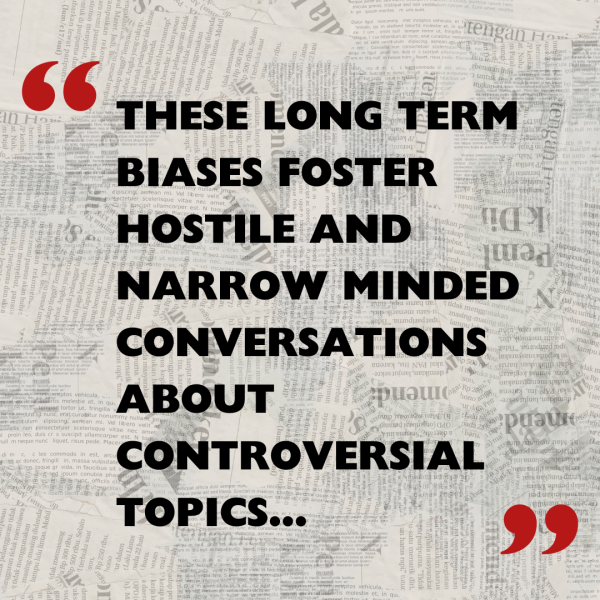
Social media algorithms put videos and posts on viewers’ feeds according to their prior engagements, and the influx of similar viewpoints and perspectives then causes a person to believe that one opinion even more — a phenomenon known as echo chambers. When we agree without searching for other perspectives and information, we lack the ability to question or oppose public opinion on the matter, which hinders our ability to obtain an unbiased summary of the event and develop our own, well-informed ideas.
Instead, we tend to side with the more popular interpretation and hop on that bandwagon in order to fit in. These biases foster hostile and narrow-minded conversations about controversial topics, leading to an inability to consider new information in an unbiased way, known as confirmation bias.
Ultimately, the habit of bandwagoning feeds into a cycle that worsens the issue as time goes on, and once we recognize these behaviors, there are steps that can help us break the loop. We can work towards addressing present partialities and considering multiple points of view so when encountering a new topic, our opinions aren’t swayed by unrelated biases. Using multiple sources and fact checkers like Snopes helps us find unbiased news, as well as learning about events from credible news outlets rather than people on social media.
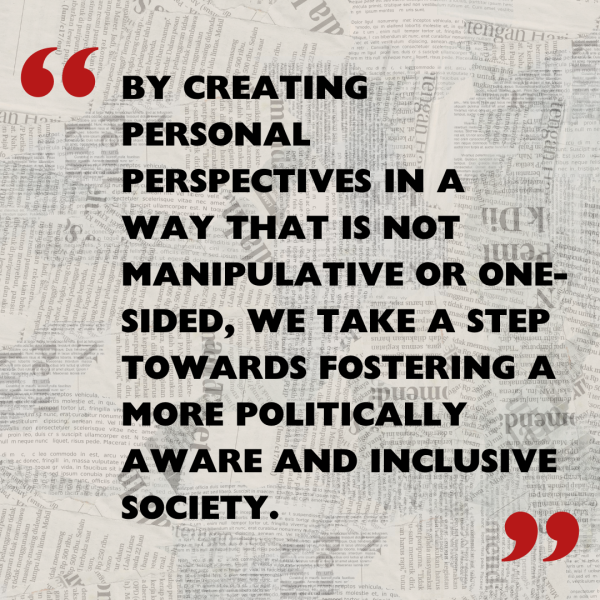
This is especially pertinent for the younger generation, as most teenagers – including members of the MVHS community – get their information from social media. Due to increased normalization of using social media for news, many teens get biased or blatantly incorrect information, which then impacts the formation of their personal thoughts or opinions.
As a community, acknowledging our role in this cycle and utilizing solutions to break it helps us better form our own opinions. The formation of opinions through other people’s perspectives forces those who disagree to censor themselves and prevents healthy debates. By creating personal perspectives in a way that is not manipulative or one-sided, we take a step towards fostering a more politically aware and inclusive society.




